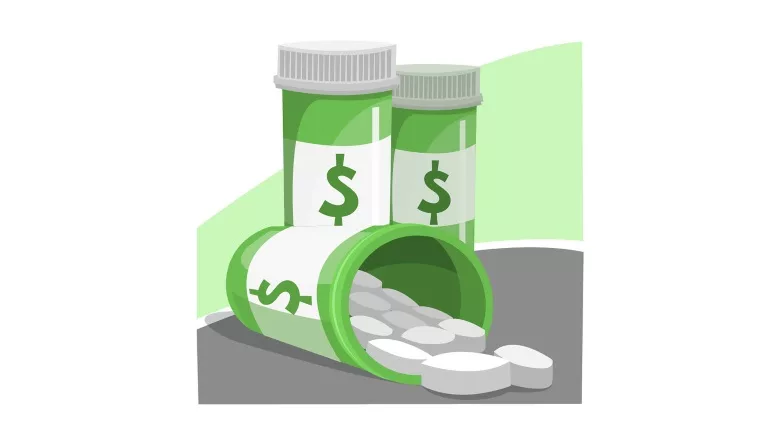Employers Can Expect Large Jump in Health Care Costs Next Year

IMAGE BY WELLNESS GM VIA FLICKR
Average costs for U.S. employers that pay for their employees' health care will increase 6.5 percent to more than $13,800 per employee in 2023, according to Aon, a global professional services firm.
This projection is more than double the 3 percent increase to health care budgets which employers experienced from 2021 to 2022. However, it is significantly below the 9.1 inflation figure reported through the Consumer Price Index.
On average, the budgeted health care costs for clients is $13,020 per employee in 2022. The analysis uses the firm's Health Value Initiative database, which captures information for nearly 700 U.S. employers representing approximately 5.6 million employees.
Medical claims were suppressed for most employers during the first year of the COVID-19 pandemic, during which time much care was postponed or skipped during quarantines. Employers have seen the medical claims experience return to more typical levels of growth and anticipate inflationary cost pressures in the coming year.
"In complete contrast over the last decades, we are measuring that health care budgets for U.S. employers will come in nearly three times lower than the Consumer Price Index this calendar year," said Debbie Ashford, the North America chief actuary for health solutions at Aon. "Despite this historic occurrence, employer health costs are expected to increase 6.5 percent in 2023 due to economic inflation pressures.”
Price increases driven by economic inflation typically are slow to appear in medical trends due to the multi-year nature of the typical provider contract, but will become apparent over the coming year, Ashford said. Other contributing factors adding pressure on health care trends are new technologies, severity of catastrophic claims, blockbuster drugs and increasing share of specialty drugs.
In terms of 2022 health plans, employer costs increased 3.7 percent, while employee premiums from pay checks were slated to be a more modest 0.6 percent increase from 2021, according to the firm's analysis. Plan costs represent the employer's and employee’s combined premiums for medical and prescription drug costs but exclude employee out-of-pocket payments such as deductibles, co-pays and co-insurance. On average, employers subsidize about 81 percent of the plan cost, while employees pay the remainder.
Looking for a reprint of this article?
From high-res PDFs to custom plaques, order your copy today!






